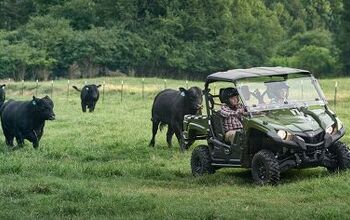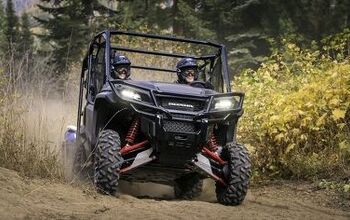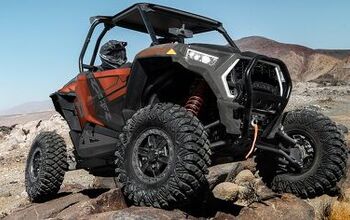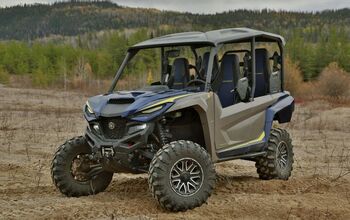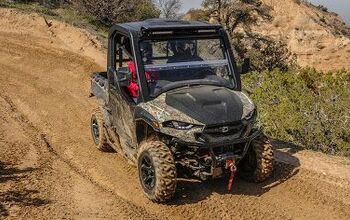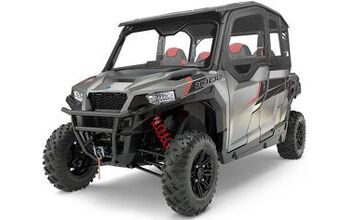What Do ATV Snow Tracks Do?

All-Terrain Vehicles (ATVs) and UTVs (utility task vehicle or utility terrain vehicle, depending on who you ask) are versatile machines designed for work, hunting, and both outdoor adventures and recreational activities alike. Their popularity has grown significantly over the last few years and with this growth has come a surge in the demand for specialized accessories to enhance performance and versatility. One such accessory is the ATV track system, a bit of kit designed to emulate the mobility that tracks provide for military tanks and heavy construction vehicles. ATV tracks serve a crucial role in transforming these vehicles into off-road beasts, capable of traversing challenging terrains that standard tires cannot. Let’s explore the world of ATV tracks, exploring what they do and why they are becoming a must-have for ATV enthusiasts.
Enhanced Traction
One of the primary functions of ATV tracks is to provide enhanced traction over a variety of terrains. Traditional ATV tires are excellent for most surfaces that owners subject them to, but they struggle when confronted with more demanding environments like deep snow, mud, swamps, sand dunes, or trails littered with rocks of a constant, small-to-moderate size. ATV tracks, on the other hand, have a large surface area that makes contact with the ground, distributing the vehicle's weight more evenly. This increased contact area minimizes the amount of force applied to the ground in smaller spots and, as a result, significantly helps to improve traction.
In deep snow, for instance, tracks prevent an ATV from sinking, making this setup an ideal choice for winter or high-altitude snowy locales. While they can’t entirely replace a snowmobile, tracks can provide much more traction in situations like trekking to go ice fishing and when winter trail riding. With a construction of hard rubber (and metal in some instances), tracks’ extensive grip ensures that ATVs can move smoothly even in the most adverse conditions. Likewise, in muddy terrains, substituting tires with tracks can help skirt the situation in which tires become clogged with mud, thus allowing the vehicle to maintain forward momentum.
Reduced Ground Impact
The other benefit of spreading out the force applied by an ATV’s weight on the earth is that tracks can decrease the impact on the ground and thus the environment if ridden in a responsible, careful manner. The larger surface area of the tracks results in a more even distribution of the vehicle's weight, reducing the individual points of pressure that force the machine down into the ground. This is particularly important when using ATVs in delicate ecosystems or areas with loose topsoil, such as wetlands and grasslands. Traditional ATV tires can damage these environments by digging into the ground once traction is lost, causing erosion, and harming the vegetation. ATV tracks help mitigate these issues by spreading the load, leaving a lighter footprint and reducing environmental impact. That’s not to say there is no environmental impact when running ATV tracks, because there certainly is, but tracks do provide the possibility of helping mitigate this.
Versatility and Adaptability
ATV tracks offer versatility and adaptability to riders. One of their key advantages is the ability to transform your ATV into a year-round, all-terrain vehicle. Tracks can be installed reasonably easily, and they are suitable for various purposes, whether it's for work, play, exploration, or otherwise. Products like Mattracks help convert a standard machine to a multi-talented one.
For example, ATV tracks are commonly used in agriculture and forestry services. Farmers and loggers use them to help improve access to remote and challenging areas, as they provide a smooth and reliable means of transportation even through the commonly muddy or snow-covered terrain. For recreational purposes, tracks enable four-wheeling enthusiasts to explore new trails, reach remote camping spots that otherwise might not be possible when running pneumatic tires, and go ice fishing during the winter season with less worry of breaking through the surface. This adaptability makes tracks a valuable addition for those who want to get the most out of their ATVs, no matter the season or terrain.
Improved Load-Carrying Capacity
ATV tracks not only enhance an ATV's ability to traverse challenging terrains but also increase its load-carrying capacity. In theory, the additional stability provided by tracks allows riders to carry heavier loads without compromising safety; however, we recommend consulting the manufacturer before overloading the machine’s payload. This feature is especially useful for those using ATVs for work-related tasks, such as hauling equipment, supplies, or game during hunting season.
Are ATV tracks right for you?
ATV tracks serve several crucial functions that enhance the performance and versatility of all-terrain vehicles. They provide improved traction, stability, and load-carrying capacity, making ATVs suitable for a wide range of applications from recreational adventures to professional tasks. Additionally, tracks can minimize the environmental impact of riding off-road and enable ATV enthusiasts to explore challenging terrains and adverse weather conditions with ease. As the demand for off-road experiences and ATV versatility continues to grow, the role of ATV tracks in enhancing these vehicles becomes increasingly important, solidifying their place as a must-have accessory for ATV enthusiasts with extreme needs on the capability end of the performance spectrum. Whether ATV tracks are for you and your machine is totally your decision, and depends on your usage case and budget as they can cost a pretty penny.

Ross hosts The Off the Road Again Podcast. He has been in the off-road world since he was a kid riding in the back of his dad’s YJ Wrangler. He works in marketing by day and in his free time contributes to Hooniverse, AutoGuide, and ATV.com, and in the past has contributed to UTV Driver, ATV Rider, and Everyday Driver. Ross drives a 2018 Lexus GX460 that is an ongoing build project featured on multiple websites and the podcast and spends his free time working on and riding ATVs.
More by Ross Ballot



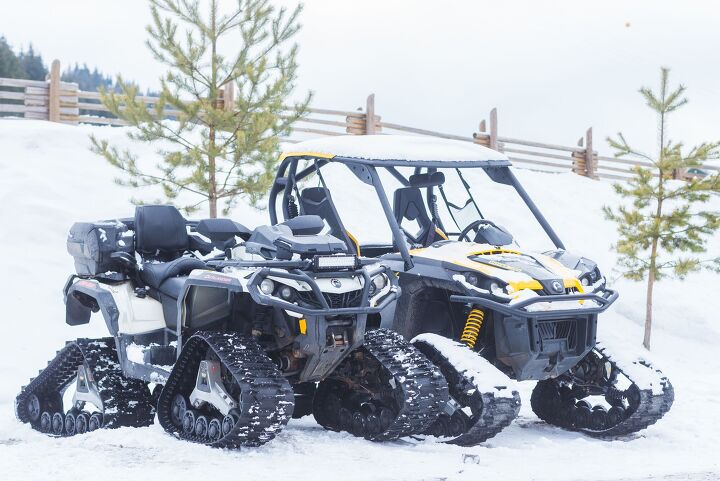











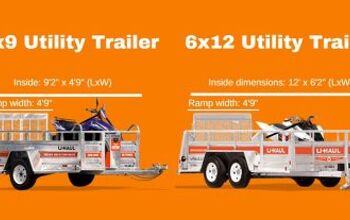


![Don't Try This at Home: Muddy Crash [video]](https://cdn-fastly.atv.com/media/2022/10/24/8744120/don-t-try-this-at-home-muddy-crash-video.jpg?size=350x220)



